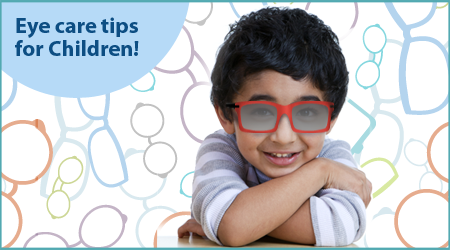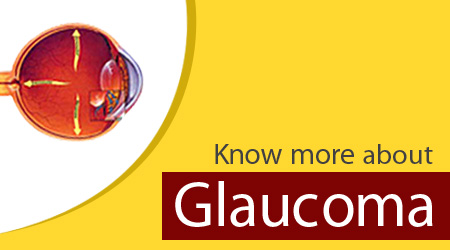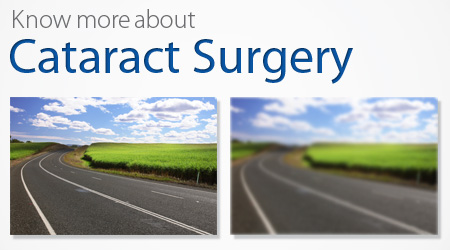Sunlight Exposure And Children’s Eyes
Shielding children’s eyes from excessive ambient UV radiation in direct and reflected sunlight is extremely important based on evidence from epidemiologic human studies and experimental animal studies. Significant long term damage to eye related tissues (the eyelid skin, conjunctiva, cornea, lens and in young children possibly the retina) can be caused by UV radiation, and thus can be prevented. Children who have undergone cataract surgery and some with other ocular problems like ocular allergy may be at even greater risk of damage; protective UVA/B blocking glasses are especially important for these children. The best prevention continues to be avoidance of significant sun exposure During the highest risk time periods during the day (typically ‘9 to 5’) almost year round, in a tropical country like ours.
Dr. Jai Kelkar specialized in Pediatric Ophthalmology, Squint, General Ophthalmology suggested that these recommendations should not be understood as sun or outdoor activity is to be avoided at all times; on the contrary there is clear evidence that sunlight is needed for appropriate Vitamin D metabolism and more recently there is some early evidence that myopia progression may be decreased by more spent time outdoors.
Having said this whenever stepping outside, appropriate UVA/B blocking protective lenses in well fitted safe spectacle frames are valuable for all; particularly in the younger child, adolescent and those who are geographically or medically at higher risk. The UV rays have a potential to damage nearly all segments of the eye. Some retrospective epidemiological studies showed a relationship between UVR exposure and subsequent lens opacities. Epidemiological data on long term sub threshold optical electromagnetic radiation exposure shows that eyelid skin is at risk for basal cell carcinoma, conjunctiva for pingueculae and pterygia , cornea for climatic droplet keratitis, lens for cortical cataract (with animal model experiments showing that younger individuals at higher risk than older ones). The retina is protected against UV radiation by the anterior segment including the lens, however, not entirely so. While the effect is unproven, there is clearly a theoretical risk of increased Age Related Macular Degeneration with long term visible light exposure.
NIO Eyes, the best eye care hospital in Pune recommends these points to consider while choosing spectacles:
- Provide safety when impacted,
- Leave little room for light to enter around the temporal edges, and
- Be comfortable to wear for any age.
- The lenses should block at least 99% of UVA/B light.
Parents may look for lenses made of polycarbonate, CR39 type material Polarized lenses often provide greater comfort from glare, especially for light sensitive children. These recommendations include both prescription (tinted or not) glasses and non-prescription sunglasses. Poorly made spectacles, improper lens material, non UVA/B block material or unreliable labels from unknown manufacturers all place the child at greater risk and should be avoided of the exposure (potentially daily) that represents the problem.
References:
1. WS POS consensus statement is the source. World society of paediatric ophthalmology and strabismology (WS POS). Website name is : wspos.org
2. Sliney, D.H. Physical factors in cataractogenesis: ambient ultraviolet
Radiation and temperature. Invest. Ophthalmol. Vis. Sci. 1986 27, 781- 790.
3. Söderberg, P.G., Philipson, B.T., Lindström, B. Unscheduled DNA synthesis in lens epithelium after in vivo exposure to UV radiation in the 300 nm wavelength region. Acta Ophthalmol. (Copenh.) 1986. 64, 162-168.
4. Dong, X., Ayala, M., Löfgren, S., Söderberg, P.G. Ultraviolet radiation-
Induced cataract: age and maximum acceptable dose. Invest. Ophthalmol. Vis. Sci.2003 44, 1150-1154.
To know more about your child’s eye care, do contact us on 4901 4901
Dr Jai Kelkars Blog



